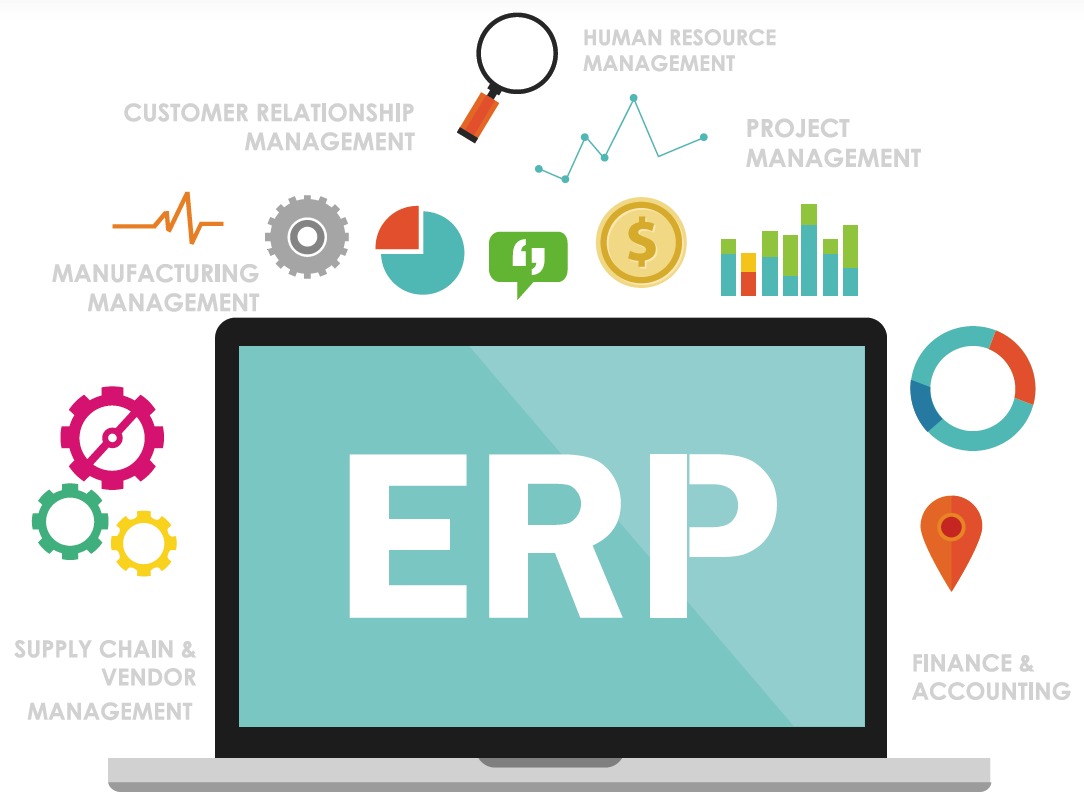An ERP implementation involves installing the software, moving your financial data over to the new system, configuring your users and processes, and training your users on the software. Choosing the right partner for implementing your ERP system is almost as important as selecting the right software in the first place.
As with any large project, it’s imperative that you to take things one step at a time. Thankfully, successful and calm ERP implementations are not only feasible, but actually quite common.
Successfully Implementing Your ERP System
Before making a final decision on which software to choose, meet with several ERP implementation experts. Interview your prospective software installation partners and insist on face-to-face meetings.
You’re looking for a partner that has a good track record and understands your accounting processes. Make sure they are accustomed to your industry. If they’ve installed ERP systems in a similar industry, this will be a big help.
If you’ve been using old-fashioned accounting systems, you likely have a lot of data to transfer over to the new ERP system. You’ll be having to move your operational data from your old accounting system to the new one. However, choosing the right software company for ERP implementation purposes is only half of the battle.
The only way to guarantee the success of your ERP implementation is to find a partner with both experience and the right credentials. Your company may have to go through several iterations before you find the perfect fit.
So schedule your implementation partner early on. This will allow you to keep costs down.
Moving Your Data Over to Your ERP System
Naturally, your first step in moving data over to the new system is to decide what data you need to bring over to it. For example, you may decide you want to bring all of your data over to the new software.
However, realistically, there is a huge time savings by focusing on the most important data to bring over to the new system. This way, you minimize the amount of work, and you don’t have to worry about the painful and laborious process of moving everything.
This particular step is up to you. However, you should feel comfortable knowing that your development partners can help you with this. Your partners will most likely be able to give you a broad overview of which data points are most important and which ones to leave out.
Configuring Your Users
As the software company does the bulk of the work, your users should get out of their seats and watch the installation. This will give them a great understanding of the software and what they’ll need to do for the foreseeable future.
It’s also a great way to get your users acclimated. If some users are resistant to change, consider having the installation team do a “cook” session after implementation.
This way, users can work independently or in pairs to come up with questions. The team will ensure the user’s questions are answered. This will prevent confusion later on down the line.
Ideally your users will be able to complete the implementation process themselves. However, this isn’t always the case. So, if you find yourself in a situation where your users aren’t able to figure it out, your company’s support structure will need to be able to support the users.
Training Your Users
Once your ERP system is in place, you’ll have little time to spare. So, it’s important to get your users trained before implementation day.
You should start with the key users immediately. Everyone else should be trained 1-2 weeks after the initial training session. This will also serve as a trial run prior to implementation.
You should be able to train most users within 1-2 hours, if at all possible. That way you effectively alleviate any fears surrounding the software.
To ensure your user’s training session goes smoothly, make sure you know what someone has to do prior to the training session. This way you’ll avoid confused users and lots of frantic Googling.
Concluding Message
Paying close attention to your user community and providing training sessions will help dissolve any potential resistance to using the new ERP system. It’s also important that you give users a good opportunity to find things that work and don’t work with the system before you activate it.
For example, a great way to see if users are getting the hang of things is to do a test run. You can do a test run at the end of the training session or a few weeks after if you need.
Training sessions and test runs take time, but they can be invaluable when it comes to lessening the blow of any potential resistance to using the new software. Your biggest advantage when it comes to the transition of the ERP software is having a close working relationship with your implementation partner.
It is essential to make the right choice here if you want your transition to be smooth. If your partner happens to be really knowledgeable about your industry, they can be an invaluable asset in helping you through the transition.
If you’ve been on the fence about making the switch to ERP software, you might want to consider it. It may be just the thing you’ve been looking for to increase your company’s efficiency.
You’re now equipped with all the information you need to choose your ERP software and achieve a successful implementation.











